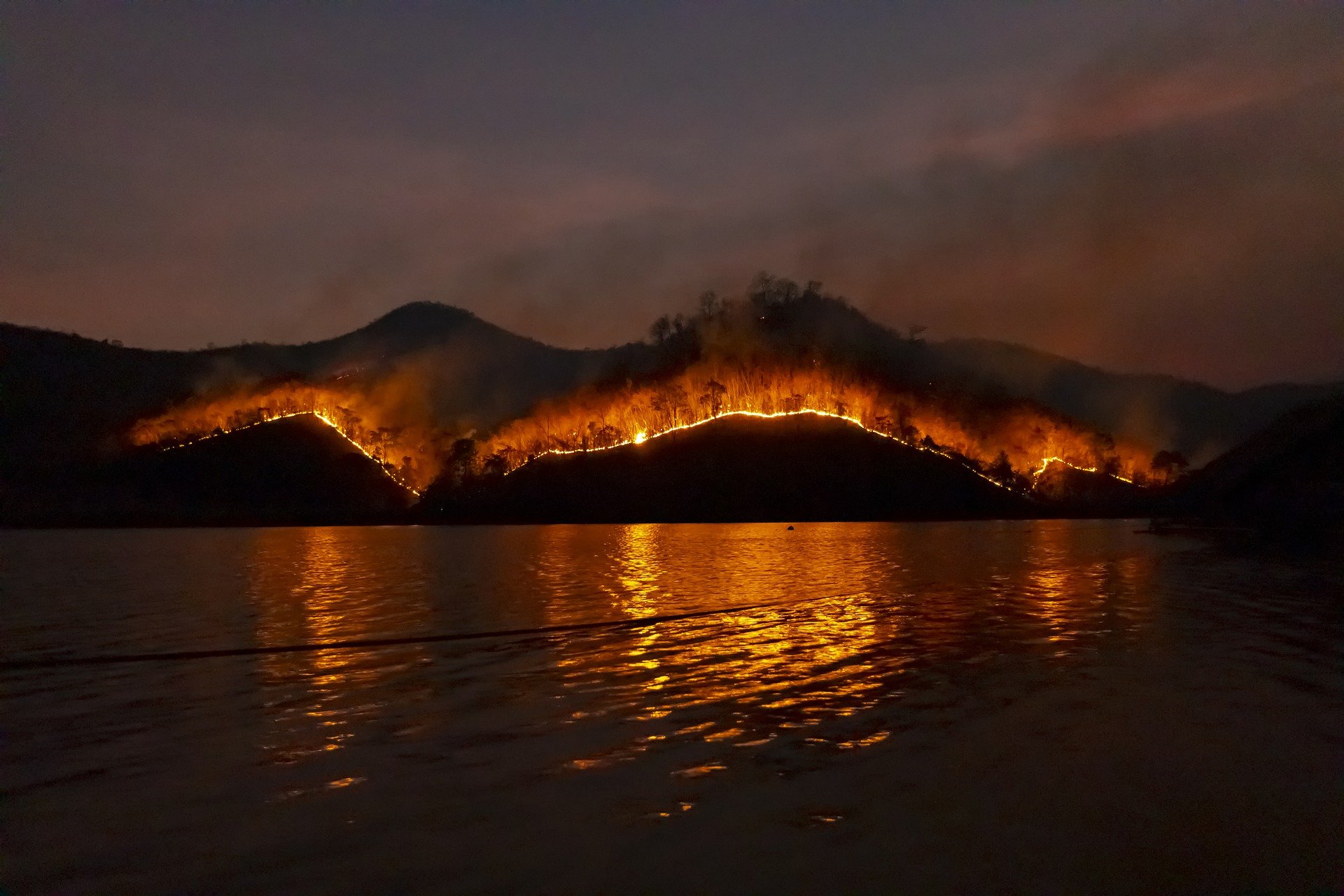Media release
From:
From devastating floods to raging wildfires, we often see the impacts of climate variability on a global scale.
These extreme weather events, and the world’s climate system as a whole, are heavily influenced by the Tropical Pacific, an expanse that stretches from Australia to the Americas.
A team of 35 international scientists representing 27 climate research centres, led by Professor Scott Power in Australia, Matthieu Lengaigne in France, and Antonietta Capotondi in the USA, joined forces to study climate fluctuations and changes in this region, referred to collectively as ‘Tropical Pacific Decadal Variability (TPDV)’.
“TPDV refers to any form of climate variability or change which occurs in the atmosphere, ocean and over land within the tropical Pacific,” Professor Power, Director of the Centre for Applied Climate Sciences at the University of Southern Queensland, said.
“Internal TPDV modulates drought, wildfires, floods, polar sea-ice extent, river flow, agricultural production, and the rate at which the planet warms in response to greenhouse gas increases, as well as our ability to predict the El Niño-Southern Oscillation.
“Warming in the western Pacific has been so great that temperatures experienced over the past decade have been beyond the range evident in reliable instrumental records.”
University of Montpellier researcher Matthieu Lengaigne said changes in this region could have far-reaching effects, especially in the oceans.
“Further warming in this region is expected to reduce coastal fish populations, shift tuna distribution eastward and cause record-breaking high temperatures to occur more often,” Dr Lengaigne said.
“It is also likely to fundamentally alter coral reefs, with major impacts on biodiversity, Pacific Island communities and livelihoods.”
While there are major international efforts under way to provide decadal climate predictions, there is still a great deal of uncertainty about the characteristics and causes of TPDV.
To combat this, Professor Power and his international research partners synthesised a huge amount of research on the phenomenon into one paper, which was today published in the prestigious Science journal.
“As TPDV affects risks from natural disasters, our ability to predict it has the potential to help communities, governments and industry plan for future climate impacts,” Professor Power said.
“There are many ways we can advance our knowledge in the area,” University of Colorado researcher Antonietta Capotondi said.
“It will require improvements in the quality and length of the observational and paleo records, including sustaining and enhancing the ocean and climate observing systems, as well as a deepened understanding of processes, which will allow us to adequately validate and improve models”.
A new addition to the University of Southern Queensland, Professor Power is also an associate investigator at the ARC Centre of Excellence for Climate Extremes and an Adjunct Professor in the School Of Earth, Atmosphere and Environment at Monash University.



 Australia; QLD
Australia; QLD


